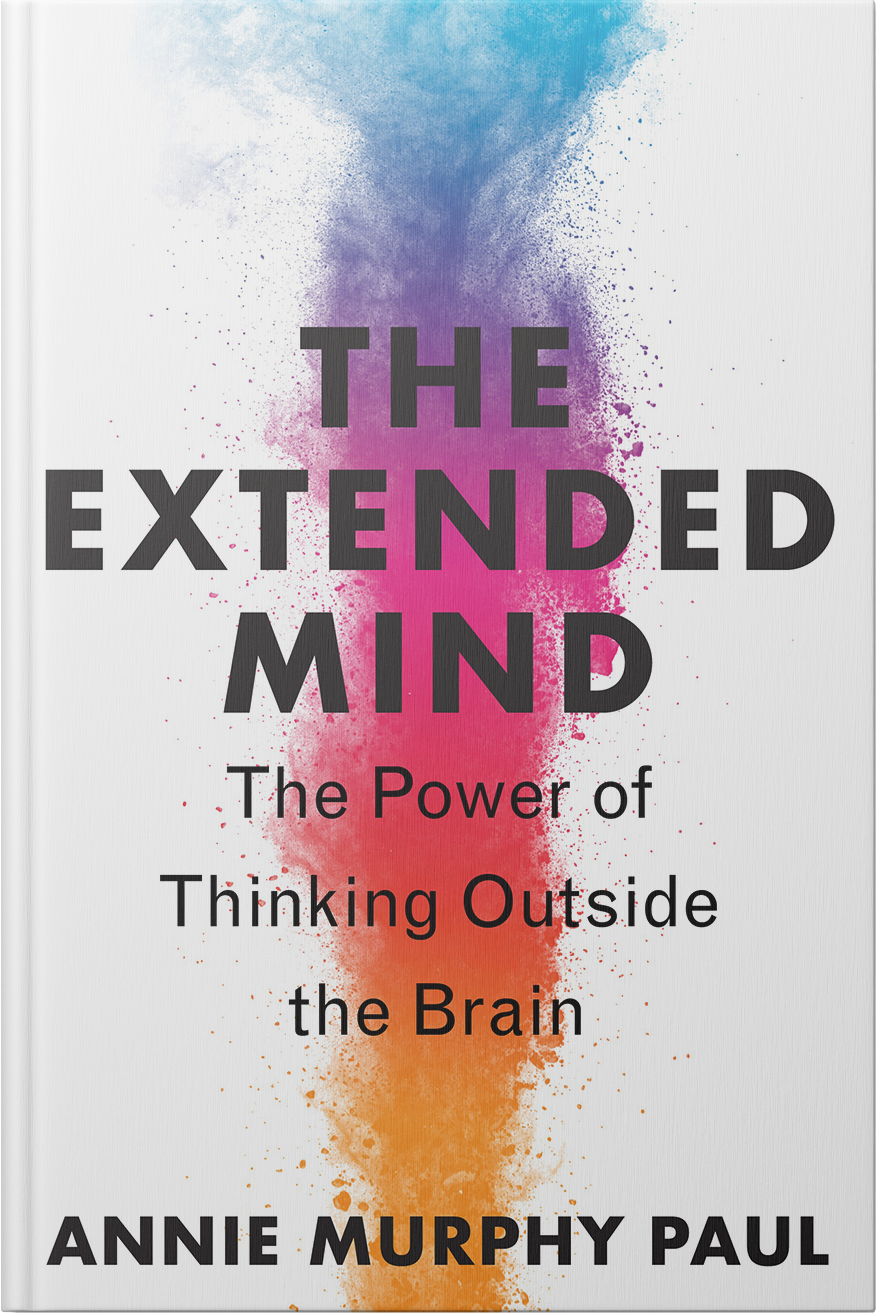Most all of us are familiar with the novelist John le Carré. How many of us have heard of his wife, Jane Cornwell? Yet Jane was a “crucial, covert collaborator” in the creation of le Carré’s books, writes the couple’s son, Nick, in an essay in the Guardian.
Nick’s article is a beautiful portrait of the extended mind at work—of the way thinking doesn’t only happen within a single skull, but in the space between two minds that know each other very, very well.
“By and large, only they knew what passed between them and how much she reframed, adjusted, trained the novels as they grew,” Nick writes of his parents’ working relationship (both Jane and David Cornwell—le Carré’s real name—died in the past year). But there were clues.
Reviewing le Carré’s papers, literature scholar Richard Ovenden saw evidence of a “deep process of collaboration,” “a rhythm of working together that was incredibly efficient, a kind of cadence from manuscript, to typescript, to annotated and amended typescripts.”
This tracks Nick’s recollection of his parents’ process: “All along, at every step, was Jane, recalling the first moment of inspiration to refresh a tired passage, or asking whether a given phrase really reflected the intent she knew was behind it.”
His parents’ mutually-extended minds took on new significance as they grew older, Nick observes: “Each could rely on the other to make the connection, to pick up the slack when a brilliant but aging mind suddenly stuttered. As a team—more, as a single process functioning between two people, defining them both—they were immune to the halting state.”
Indeed, research has found that when older people collaborate on remembering with a loved one, they can perform just as well as younger people.
Here’s Nick Cornwell’s article:
“My father was famous as John le Carré. My mother was his crucial, covert collaborator”
Nick Cornwell, in the Guardian
And here’s the memory research I referenced:
“Adults Telling and Retelling Stories Collaboratively”
Roger A. Dixon and Odette N. Gould, in Interactive Minds: Life-span Perspectives on the Social Foundation of Cognition
https://psycnet.apa.org/record/1996-97895-008
Postscript: As touching as I found this article, there’s also something sad about it: so many women, collaborating in the creation of so many works, regarded by the world as mere “typists.”
This one of the costs of our culture of individualism: it doesn’t allow us to see that art can be the product of more than one mind. A wider embrace of the notion of the extended mind could serve as a corrective.
